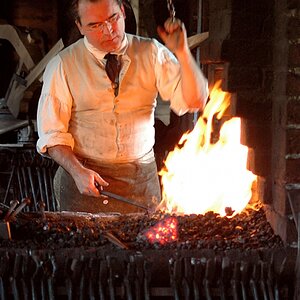DaphneOracle
TPF Noob!
I shoot print film which I have developed at a a local Ritz camera. Sometimes I like to enlarge photos (8X10) for framing, sometimes put on disk for editing and submission here and other places.
Please explain why some people prefer to shoot slide film. I don't think its for projection or multimedia. Is it a better format? Could we get some discussion about the pros & cons? If I have overlooked an earlier thread could someone direct me there?
Thanks
Bryant
Please explain why some people prefer to shoot slide film. I don't think its for projection or multimedia. Is it a better format? Could we get some discussion about the pros & cons? If I have overlooked an earlier thread could someone direct me there?
Thanks
Bryant


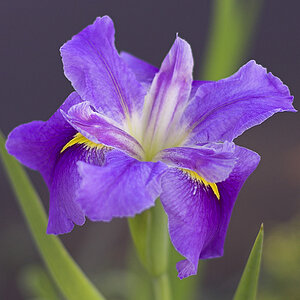
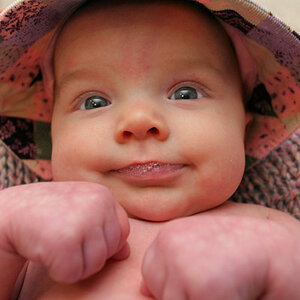
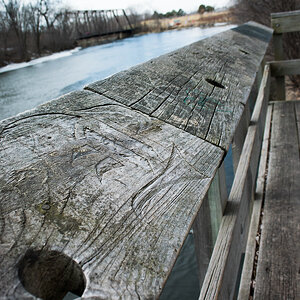

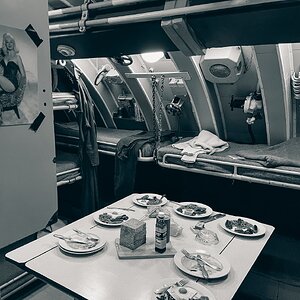
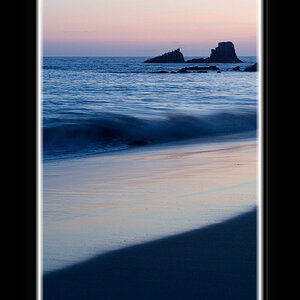
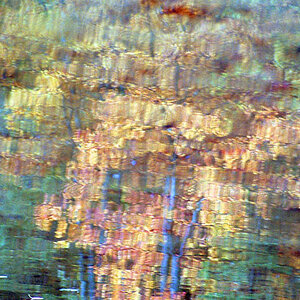

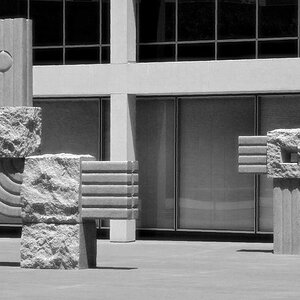

![[No title]](/data/xfmg/thumbnail/33/33361-f56184027ce743b2b7ba9d378a8bb426.jpg?1619735925)
